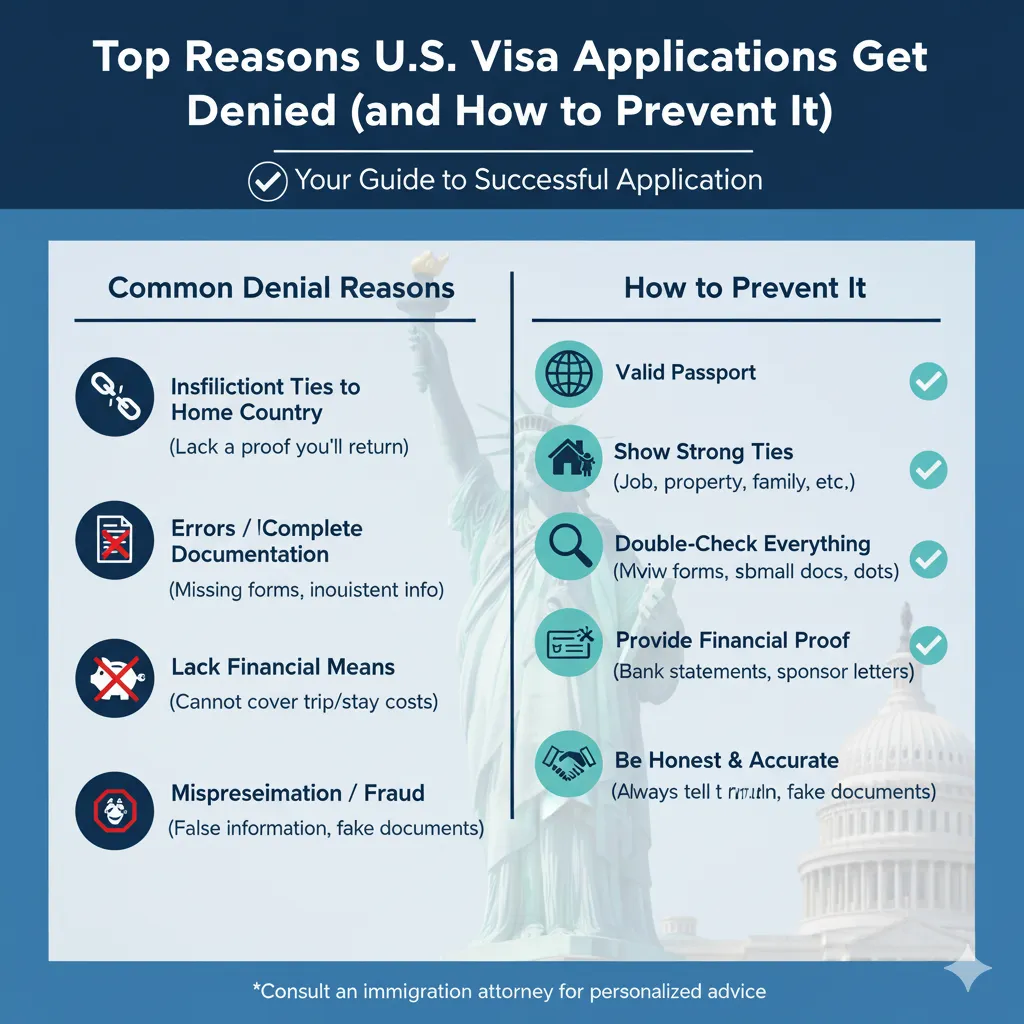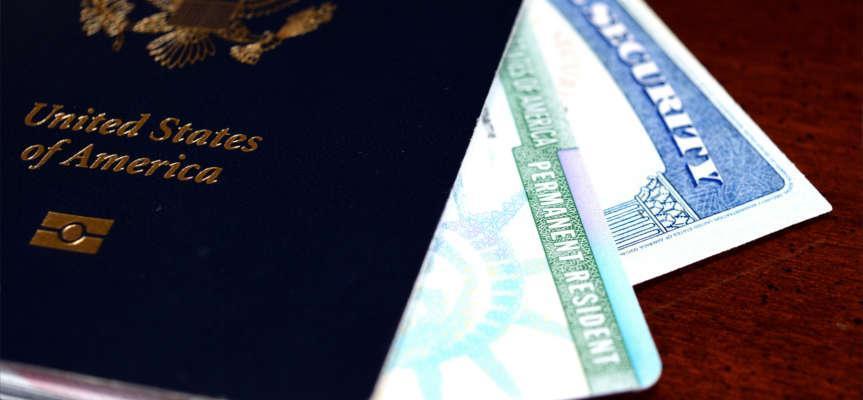The Ultimate Guide to Deportation Defense: Protecting Your Future in the U.S.
Facing the prospect of removal from the United States is one of the most stressful and frightening experiences a person can endure. The legal proceedings are complex, the stakes are incredibly high, and the outcome can permanently alter the course of your life and the lives of your family members. In this critical moment, understanding the principles of deportation defense is not just an option; it is a necessity. A strong deportation defense is the legal shield that stands between you and removal, offering a pathway to protect your right to remain in the country you call home.
This comprehensive guide will walk you through the essential elements of deportation defense. We will explore what it is, the common reasons for removal, the most effective defense strategies, and why securing an experienced attorney is the most important step you can take.
What is Deportation Defense?
Deportation defense, also known as removal defense, is a specialized area of U.S. immigration law focused on defending individuals who are facing removal proceedings in immigration court. When the U.S. government, typically through the Department of Homeland Security (DHS), believes a non-citizen is removable, it initiates a formal process by issuing a “Notice to Appear” (NTA). This document orders the individual to appear before an immigration judge.
Deportation defense encompasses all the legal arguments, applications for relief, and strategies used to challenge the government’s case. The ultimate goal is to terminate the removal proceedings, allowing the individual to lawfully remain in the United States, often by securing legal status such as lawful permanent residency (a green card) or asylum.
The Critical First Steps in a Deportation Defense Case
The moment you receive a Notice to Appear (NTA) in the mail or are detained by Immigration and Customs Enforcement (ICE), the clock starts ticking. Your actions in the following hours and days are crucial.
- Do Not Ignore Any Documents: The NTA contains the date and location of your first court hearing, known as the Master Calendar Hearing. Missing this hearing can result in the judge ordering your deportation in absentia, meaning you are ordered removed without ever presenting your case.
- Review the Allegations: The NTA will list the government’s reasons for seeking your removal. These allegations must be carefully reviewed for accuracy. Any error, however small, could be a crucial part of your defense.
- Contact a Deportation Defense Attorney Immediately: Navigating the immigration court system alone is exceptionally difficult. The law is intricate, and the government is represented by a trained attorney. A skilled deportation defense lawyer can analyze your case, identify potential forms of relief, and represent you in court.
Common Grounds for Deportation and How to Challenge Them
The Immigration and Nationality Act (INA) outlines numerous reasons why a non-citizen can be placed in removal proceedings. A key part of deportation defense is challenging the government’s specific claims.
Criminal Convictions
This is one of the most common reasons for removal. Convictions for certain crimes, known as “crimes involving moral turpitude” (CIMT), aggravated felonies, drug offenses, or domestic violence, can make even a lawful permanent resident deportable.
- Defense Strategy: An attorney might argue that the conviction does not legally qualify as a deportable offense under the complex definitions of the INA. In other cases, they may seek post-conviction relief in criminal court to vacate the original conviction, thereby eliminating the ground for removal.
Immigration Status Violations
This category includes overstaying a visa, entering the country without inspection, or violating the terms of your visa (e.g., working without authorization).
- Defense Strategy: While the violation itself may be hard to dispute, the focus of the deportation defense often shifts from challenging the charge to applying for a form of relief, such as adjustment of status through a family member or Cancellation of Removal.
Unlawful Presence
Accruing more than 180 days of “unlawful presence” in the U.S. can trigger a 3-year or 10-year bar to re-entry if you depart the country. If you are placed in proceedings for this reason, your defense will center on eligibility for relief.
- Defense Strategy: Proving eligibility for asylum or Cancellation of Removal for Non-Permanent Residents are common strategies.
Key Strategies in a Successful Deportation Defense
An experienced attorney will determine the best strategy based on your unique circumstances. Here are some of the most powerful forms of relief available in deportation defense:
Cancellation of Removal
This discretionary relief essentially “cancels” the deportation. There are two main types:
- For Lawful Permanent Residents (LPRs): Requires the LPR to have been lawfully resident for at least 7 years, have continuously resided in the U.S. for at least 5 of those years after being admitted in any status, and not have been convicted of an aggravated felony.
- For Non-Permanent Residents: This is much harder to win. It requires proving 10 years of continuous physical presence in the U.S., showing you have been a person of “good moral character” during that time, and demonstrating that your removal would result in “exceptional and extremely unusual hardship” to a qualifying U.S. citizen or LPR spouse, parent, or child.
Asylum, Withholding of Removal, and CAT Protection
If you fear returning to your home country, you may be eligible for protection.
- Asylum: You must prove you have suffered past persecution or have a well-founded fear of future persecution on account of your race, religion, nationality, political opinion, or membership in a particular social group.
- Withholding of Removal: This has a higher standard of proof (“more likely than not” that your life or freedom would be threatened) but is mandatory if you meet the criteria. It doesn’t lead to a green card but prevents the U.S. from sending you back to that specific country.
- Convention Against Torture (CAT): This protects you from being returned to a country where you would likely be tortured by or with the acquiescence of the government.
Adjustment of Status
In some cases, you may be able to apply for a green card while in removal proceedings. This is often possible if you have an immediate relative (a U.S. citizen spouse, parent, or child over 21) who can file an immigrant petition for you and you are otherwise eligible to adjust your status.
Finding Local Deportation Defense Resources Across the United States
Finding the right legal help is local. Immigration court practices can vary by jurisdiction, and having a lawyer familiar with the local judges and ICE attorneys is invaluable. Below are examples of law firms and non-profit organizations across several states that specialize in deportation defense and immigration law.
- California: Sapochnick Law Firm (San Diego, CA) and the Coalition for Humane Immigrant Rights (CHIRLA) (Los Angeles, CA) are well-known resources for complex immigration cases.
- Texas: The Gonzalez Law Group (Houston, TX) and non-profits like American Gateways (Austin, TX) provide crucial deportation defense services in a state with a high volume of immigration cases.
- New York: The Shapiro Law Group, LLC (New York, NY) and organizations like The Legal Aid Society provide robust defense for immigrants in the New York area.
- Florida: The Law Offices of Nadir A. Jivani (Orlando, FL) and Americans for Immigrant Justice (AIJ) (Miami, FL) handle a wide range of removal defense cases.
- Arizona: The Florence Immigrant & Refugee Rights Project is a prominent non-profit that provides free legal services to men, women, and children in immigration detention in Arizona.
- Massachusetts: The Law Offices of Tadmor & Tadmor, LLP (Worcester, MA) offers experienced representation in removal proceedings.
- Illinois: The National Immigrant Justice Center (NIJC) in Chicago is a leading non-profit offering comprehensive legal services, including deportation defense.
Conclusion: Your Proactive Stance on Deportation Defense
The threat of deportation is a daunting legal battle, but it is not a battle you have to fight alone or without hope. A well-prepared deportation defense can be the key to securing your future in the United States. By understanding the charges against you, exploring all available forms of relief, and, most importantly, retaining a qualified immigration attorney, you can build the strongest possible case. Do not wait to seek help. Be proactive, be informed, and take the necessary steps to defend your right to remain.
Sources & References
- U.S. Department of Justice – Executive Office for Immigration Review (EOIR). (2025). Immigration Court Practice Manual. justice.gov/eoir/eoir-policy-manual.
- U.S. Citizenship and Immigration Services (USCIS). (2025). Asylum and Green Card Through Adjustment of Status. uscis.gov.
- American Immigration Lawyers Association (AILA). (2025). Resources on Removal and Relief. aila.org.
- Immigration and Nationality Act (INA). Title II, Chapter 4: Inspection, Apprehension, Examination, Exclusion, and Removal. U.S. Code, Title 8.
- Cornell Law School Legal Information Institute. 8 U.S. Code § 1229b – Cancellation of removal; adjustment of status. law.cornell.edu.




